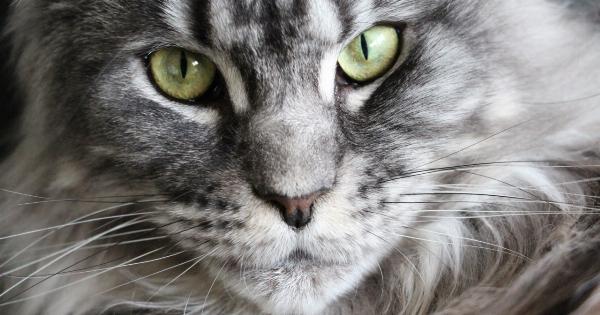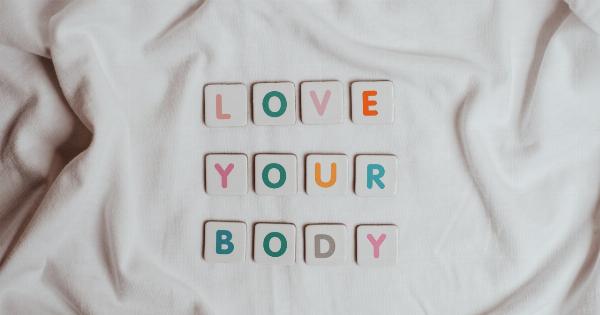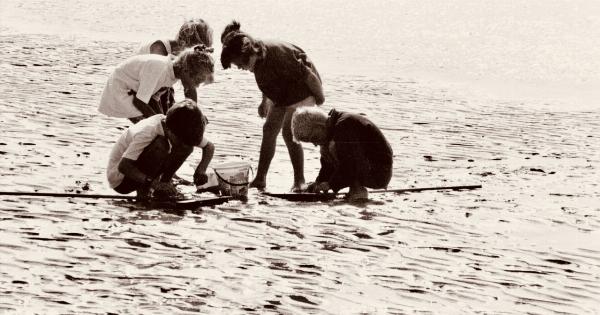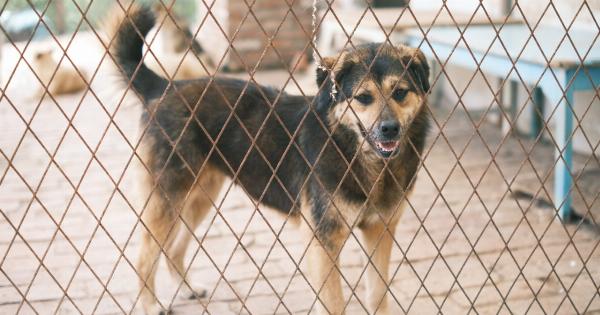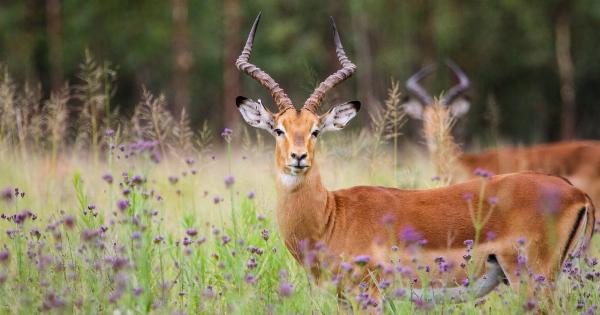The Persian cat, also known as the Persian Longhair, is one of the most recognizable and beloved cat breeds in the world. With its luxurious coat and charming personality, the Persian puss has captured the hearts of countless cat enthusiasts.
In this article, we will explore the history, characteristics, and care of these noble feline companions.
1. Origin and History
The origins of the Persian cat can be traced back to ancient Persia (modern-day Iran) where they were highly regarded and cherished companions.
It is believed that these majestic cats were first introduced to Europe during the 17th century by Italian traders. The breed’s popularity soared in the Victorian era when the Queen of England, Queen Victoria, fell in love with a blue Persian named “Blue Peter.”.
2. Physical Characteristics
Persian cats are renowned for their striking appearance. They have a distinct round face with large round eyes that come in various colors, such as blue, amber, and green. Their small, flat nose gives them a unique expression.
The most notable feature of the Persian cat is its long, flowing coat that requires regular grooming to keep it in pristine condition. The coat comes in a wide variety of colors and patterns, including solid, tortoiseshell, tabby, and colorpoint.
3. Gentle and Calm Temperament
Persian cats are known for their gentle and calm temperament. They are often described as docile and reserved, preferring a serene and peaceful environment.
These cats are not particularly active or playful, but they make up for it with their affectionate and loving nature. Persian cats thrive on human companionship and enjoy being lap cats, making them ideal pets for individuals or families seeking a more laid-back feline companion.
4. Grooming Needs
One of the most important aspects of caring for a Persian cat is their grooming. The long, luxurious coat requires regular brushing to prevent matting and tangling. It is recommended to brush them daily to keep their coat in good condition.
Additionally, their eyes require special attention as Persians are prone to eye discharge due to their facial structure. Regular cleaning of the eyes helps prevent infections and maintain their overall health.
5. Health Issues
Like all purebred cats, Persian cats are predisposed to certain health issues. One of the most common problems they face is polycystic kidney disease (PKD), a genetic condition that leads to the formation of cysts in the kidneys.
Responsible breeders now screen their cats for this condition to help reduce its prevalence. Persians are also prone to respiratory issues due to their short, flat noses, making it crucial to keep them in well-ventilated environments.
6. Exercise and Diet
Persian cats are not known for their athletic prowess and tend to lead a more sedentary lifestyle. They are not particularly fond of intense play or high-energy activities.
However, it is important to ensure they receive adequate exercise to maintain a healthy weight and prevent obesity-related issues. Providing interactive toys or creating designated playtime can help engage them in moderate physical activity. A balanced and nutritious diet, recommended by a veterinarian, is essential to keep their overall health in check.
7. Socialization and Interactions
Proper socialization is crucial for Persian cats, especially during their early development stages. Slowly introducing them to different people, animals, and environments helps them become well-rounded and confident companions.
Persian cats thrive in calm and quiet households, so it’s important to provide a peaceful environment without excessive noise or sudden disruptions. Despite their reserved nature, Persians enjoy gentle interactions and appreciate a calm and loving touch.
8. Persian Cats as Indoor Pets
Due to their long and flowing coat, Persian cats are best kept as indoor pets. The outdoor elements can easily tangle and dirty their fur, making grooming more challenging.
Additionally, the gentle and reserved nature of Persian cats makes them vulnerable to potential dangers outside. By providing a safe and enriching indoor environment, you can ensure your Persian cat lives a happy and healthy life, free from potential risks.
9. The Bond Between Persian Cats and Their Owners
Persian cats form deep bonds with their owners. They seek the comfort and companionship of their humans and enjoy spending quality time with them.
Whether it’s lounging together on the couch or receiving gentle strokes, Persians appreciate any attention and affection bestowed upon them. Their calm and affectionate nature makes them excellent emotional support animals, offering solace and companionship to those in need.
10. Conclusion
The noble Persian puss continues to enchant cat lovers worldwide with its majestic appearance and gentle personality.
From their ancient origins to their pampered lives as cherished companions, Persian cats have earned their place in the hearts and homes of many. If you’re considering adding a Persian cat to your family, be prepared to provide the love, care, and grooming they require to thrive.
With the right environment and attention, the Persian puss will reward you with a lifetime of companionship and warmth.




